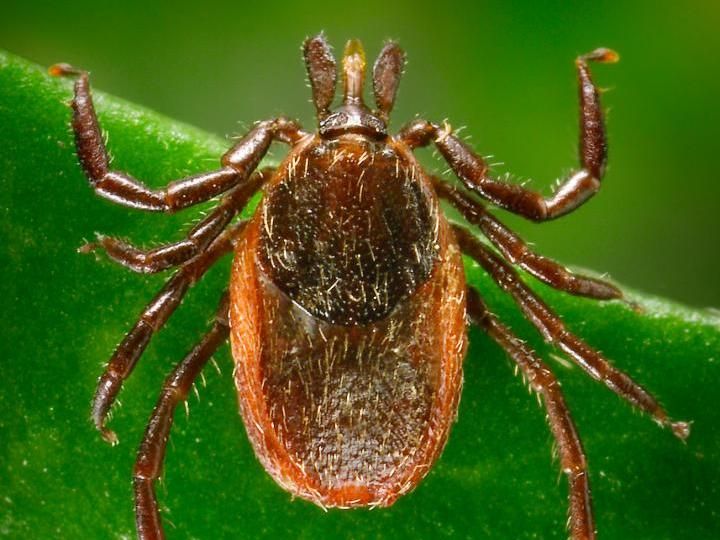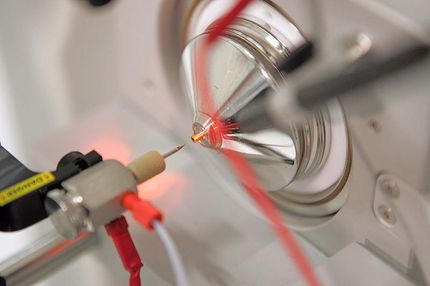Joint efforts to control diseases transmitted from animals to humans
BfR Symposium on Zoonoses and Food Safety
Around 200 scientists from Germany, Austria and Switzerland came together at the Federal Institute for Risk Assessment (BfR) in Berlin to discuss the current situation in the field of zoonoses, control strategies and prevention. Zoonosis control is dependent on close cooperation between health and veterinary authorities. "In order to avoid and effectively control zoonoses, there must be close cooperation between the fields of human health, animal health and the environment", says BfR President Professor Dr. Dr. Andreas Hensel. The example of the joint initiative on antibiotic resistances shows that this can work.
Zoonoses are diseases that can jump from animals to humans or vice versa. The main sources of human infection are contaminated food, in particular poultry, eggs, egg products and dishes containing raw eggs. In Germany Campylobacter and Salmonella are the most frequent cause of bacterial gastro-intestinal infections in humans.
Various stakeholders are involved in elucidating the cause of outbreaks of this kind amongst the population: public health authorities, food control bodies and other inspection agencies. The experts at the symposium felt there was an urgent need to move beyond the separate consideration of human and veterinary medicine, agriculture and the environment. Scientific and political circles should take note of this by handling these areas in an interdisciplinary manner and looking for joint solutions. Examples for this kind of joint approach were given during the symposium.
The German Antibiotic Resistance Strategy (DART) - a joint initiative of the Federal Ministry of Health, the Federal Ministry of Food, Agriculture and Consumer Protection and the Ministry of Education and Science - aims to tackle the problem of the growing antibiotic resistances of pathogens in a joint manner. At the symposium the first results of the initiatives and further plans were discussed. It was demonstrated that it is possible to monitor the use of medicinal products in agriculture and that the networking of laboratories and public authorities facilitates the improved systematic and ongoing monitoring of the antibiotic resistance of pathogens and commensals on a broad basis.
Some success has already been achieved in the field of strategies to control zoonotic agents in the food chain. Elsewhere, however, there is still a need for major research in order to develop the suitable tools, for instance in order to effectively control Campylobacter. Everyone bears responsibility for reducing foodborne infections in humans: farmers by reducing the pathogens in the animal stocks, the food industry by using consistent concepts in order to reduce the migration and ensuing contamination of food, and consumers by storing food chilled and correctly applying kitchen hygiene rules.
Other news from the department science
These products might interest you

Systec H-Series by Systec
Safe, reproducible and validatable sterilization of liquids, solids and waste
Autoclaves with 65-1580 liters usable space, flexibly expandable for various applications

Whatman™ folded filter papers by Cytiva
Whatman folded filter papers
Convenient folded formats speed up your sample preparation

Get the life science industry in your inbox
By submitting this form you agree that LUMITOS AG will send you the newsletter(s) selected above by email. Your data will not be passed on to third parties. Your data will be stored and processed in accordance with our data protection regulations. LUMITOS may contact you by email for the purpose of advertising or market and opinion surveys. You can revoke your consent at any time without giving reasons to LUMITOS AG, Ernst-Augustin-Str. 2, 12489 Berlin, Germany or by e-mail at revoke@lumitos.com with effect for the future. In addition, each email contains a link to unsubscribe from the corresponding newsletter.
Most read news
More news from our other portals
Last viewed contents
Genmab Announces Lift of Zalutumumab Partial Clinical Hold
Celera and Collaborators Discover a Genetic Marker Associated with Severe Coronary Artery Disease - Carriers of gene variant exhibit an approximate 3-fold increased risk of disease



















































